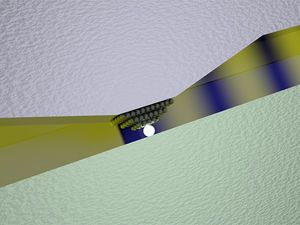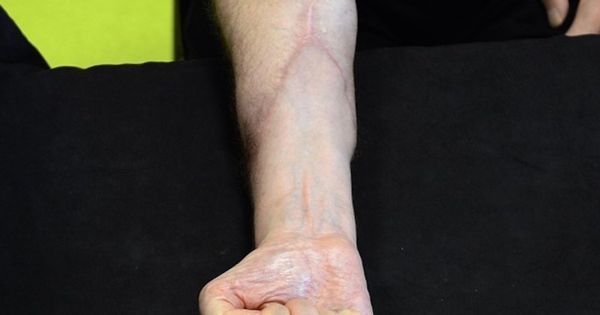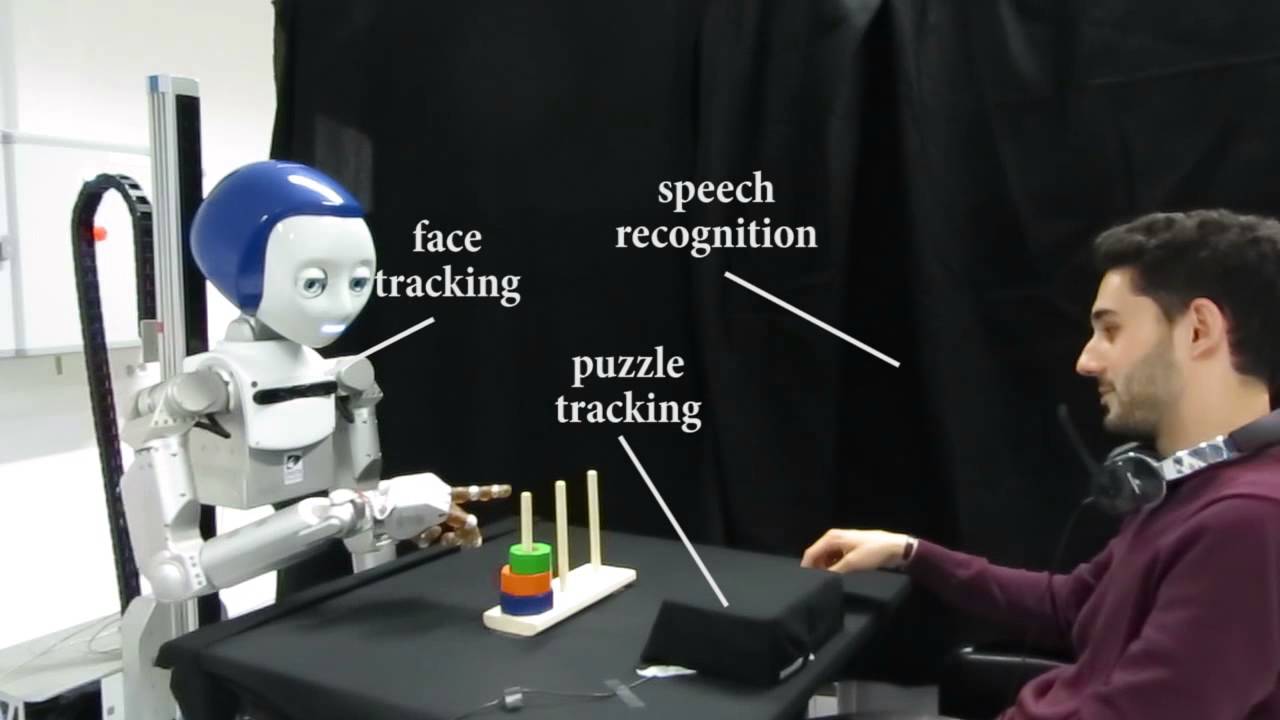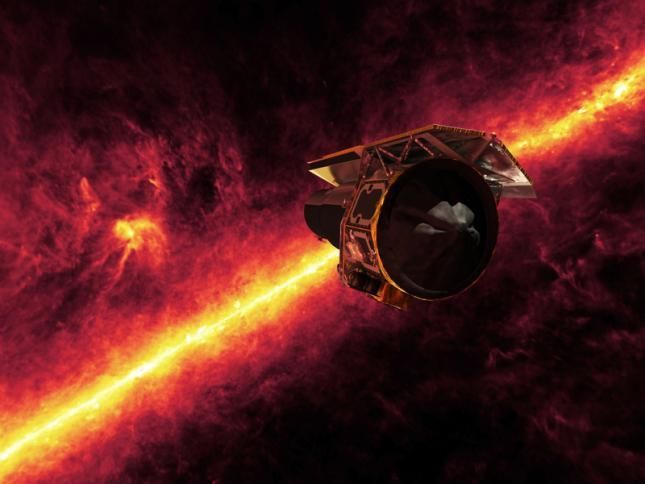![]()
Becoming immortal is one of mankind’s many quixotic notions that most people will relegate to the world of fantasy and science fiction. However, there is a subset of prominent scientists who believe that immortality is not only attainable, but it is something that will come to fruition in as little as 25 years. This idea is shared by men like Google’s Director of Engineering, Ray Kurzweil; Tesla Motors CEO, Elon Musk; and one of the most interesting presidential candidates outside of Donald Trump and Deez Nuts, Zoltan Istvan. All three men identify as trans-humanist, and for those who don’t know, trans-humanism is the idea that mankind will one day be able to transcend our biological limitations through the use of science and technology; not to mention, the movement has accumulated over 3 million supporters worldwide. So the question remains, with the multitude of prominent intellectuals who believe immortality is a tangible goal, just how will they go about achieving it? Well, the six answers below could possibly hold the key to everlasting life.
Number Six: Uploading Minds to Computers. Futurists believe that at some point in the near future we will be able to copy and scan all of the data that exists in our brains and upload the information into a computer. This will allow us to perpetually exist as incorporeal inhabitants of cyberspace. Of course, the idea of mind uploading is still purely science fiction, but if it ever becomes tangible, progeny could possibly live in a limitless world, that echoes notions expressed in the Matrix; minus the robot despots.
Read more
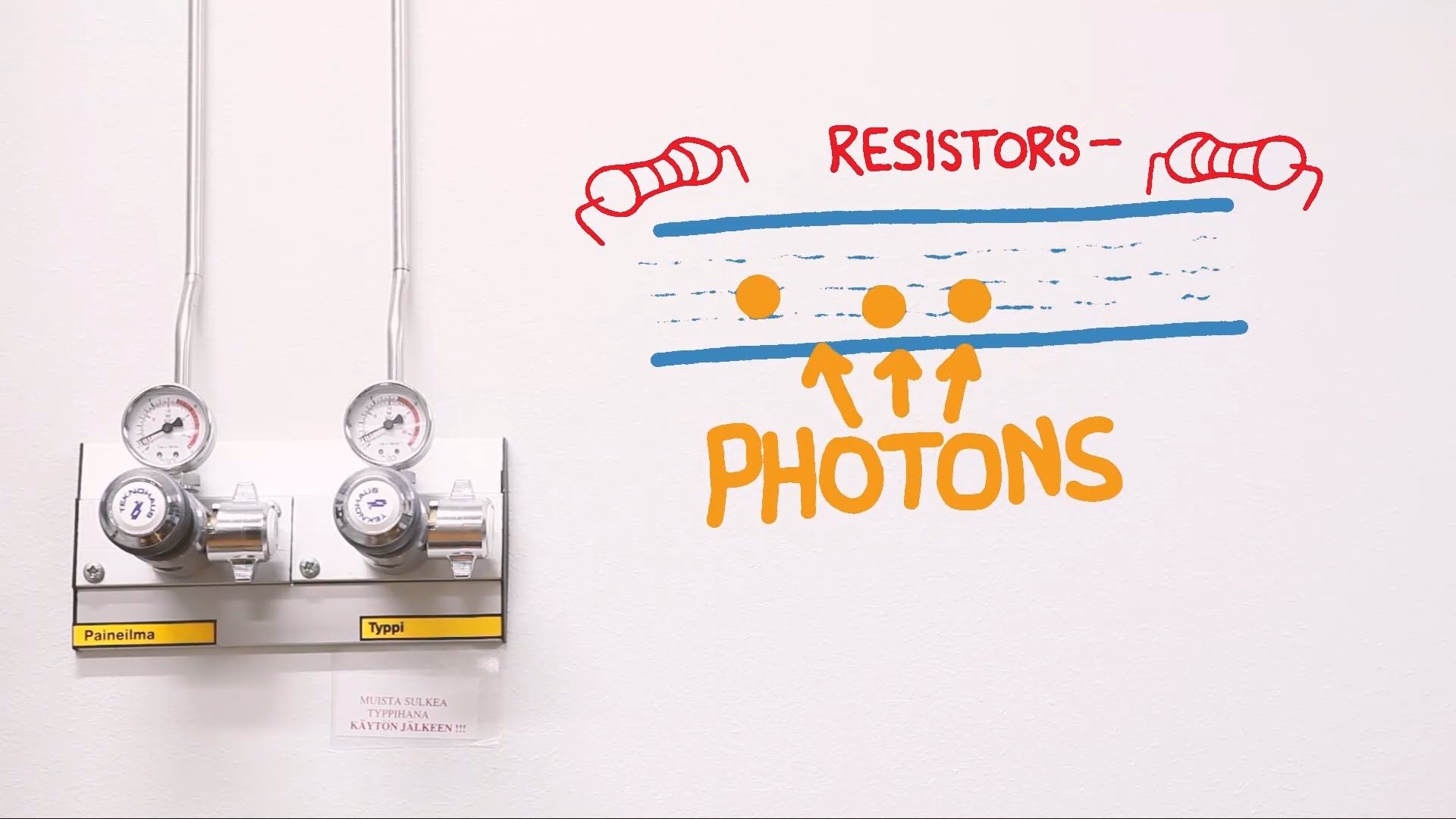
 Did you know that Quantum Theory does not know how probabilities are implemented in Nature? And for that matter neither does any other physical theory. Why? Or why not? The closest Quantum Theory comes to explaining probabilities, is to guess that a particle’s wave function is related to its probabilities. That’s it!
Did you know that Quantum Theory does not know how probabilities are implemented in Nature? And for that matter neither does any other physical theory. Why? Or why not? The closest Quantum Theory comes to explaining probabilities, is to guess that a particle’s wave function is related to its probabilities. That’s it!